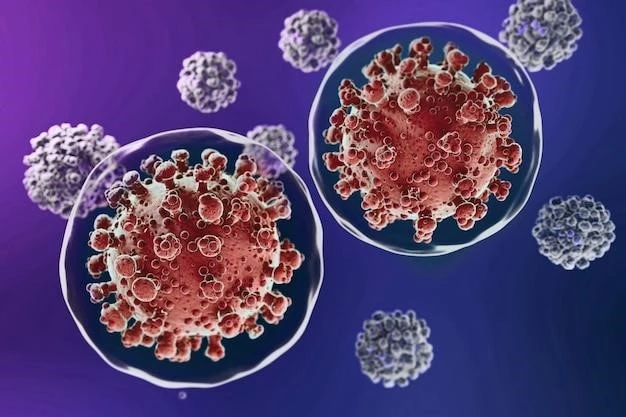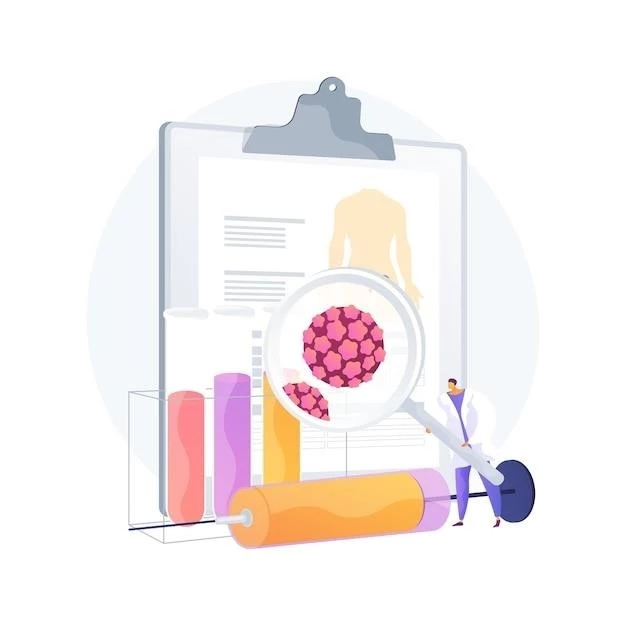Overview of Blastoma Diseases
An overview of blastoma diseases covers types, causes,
symptoms, treatments, prognosis, prevention, and research.
Introduction to Blastomas
Blastomas are a type of cancer that originates in immature cells.
They can affect various organs and tissues, posing challenges
in treatment. Understanding their nature is crucial for effective care.

Common Types of Blastomas
Blastomas include neuroblastoma, retinoblastoma, and nephroblastoma.
Neuroblastoma
Neuroblastoma is a common cancer in children, originating
in immature nerve cells. It typically affects the adrenal glands
but can also develop in nerve tissue along the spine, chest, or abdomen.
Retinoblastoma
Retinoblastoma is a rare eye cancer that develops in the
retina. It mainly affects young children and can lead to loss of
vision if not treated promptly. Early detection is crucial for successful outcomes.
Nephroblastoma (Wilms Tumor)
Nephroblastoma, or Wilms tumor, is a childhood kidney cancer,
primarily affecting children aged 3 to 4 years. It is one of the
most common kidney cancers in children, with a high survival rate if treated early.
Causes and Risk Factors of Blastomas
Genetic and environmental factors can contribute to blastoma
development. Understanding these risks is essential for prevention.
Genetic Factors
Genetic mutations play a significant role in the development of
blastomas. Inherited gene abnormalities or spontaneous mutations
can increase the risk. Genetic testing can help assess susceptibility.
Environmental Factors
Exposure to carcinogens, radiation, or certain chemicals in the
environment can increase the risk of blastomas. Avoiding
toxic substances and maintaining a healthy environment is crucial.
Symptoms and Diagnosis of Blastomas
Early detection through symptoms and diagnostic tests is vital
for managing blastomas effectively. Timely diagnosis improves outcomes.
Common Symptoms
Symptoms of blastomas vary depending on the type and location,
but may include unexplained weight loss, pain, lumps, and
changes in bowel or bladder habits. Early recognition is crucial.
Diagnostic Procedures
Diagnosing blastomas involves imaging tests like MRI, CT scans,
and biopsies to confirm the presence of cancerous cells. Blood tests
and genetic screenings may also be used for a comprehensive diagnosis.
Treatment Options for Blastomas
Treatment for blastomas includes surgery, chemotherapy,
radiation therapy, targeted therapy, and immunotherapy.
Surgery
Surgery is often the initial treatment for blastomas,
aiming to remove the tumor and surrounding tissues to prevent
spread. In some cases, surgery may be combined with other therapies
for better outcomes and disease control.
Chemotherapy and Radiation
Chemotherapy and radiation therapy are common treatments for
blastomas, aiming to destroy cancer cells and prevent
recurrence. These therapies can be used alone or in combination
with surgery for comprehensive treatment.
Targeted Therapy and Immunotherapy
Targeted therapy focuses on specific molecular targets in blastoma
cells, while immunotherapy boosts the body’s immune response
against cancer. These innovative treatments offer personalized
approaches with potentially fewer side effects.
Prognosis and Survival Rates of Blastomas
Understanding prognosis and survival rates is crucial for
patients and caregivers navigating blastoma treatments.
Survival Rates
Survival rates for blastomas vary depending on the type, stage,
and response to treatment. Advances in therapies have improved
prognoses, with early detection significantly impacting outcomes.
Quality of Life
Managing blastomas not only focuses on treatment but also
on preserving quality of life. Supportive care, rehabilitation,
and emotional well-being play a crucial role in enhancing the
overall quality of life for patients and their families.
Prevention Strategies for Blastomas
Implementing lifestyle changes and genetic counseling can
help reduce the risk of developing blastomas.
Lifestyle Modifications
Healthy lifestyle habits such as maintaining a balanced diet,
exercising regularly, avoiding tobacco and alcohol, and
practicing sun safety can contribute to lowering the risk of blastomas.
Genetic Counseling
Genetic counseling helps assess inherited risks for blastomas,
provides education on genetic testing, and supports families in
making informed decisions about managing their genetic predispositions.
Research and Innovations in Blastoma Treatment
Constant research leads to new therapies and approaches
enhancing blastoma treatment effectiveness and patient outcomes.
New Treatment Approaches
Ongoing research explores novel treatments like immunotherapies,
targeted therapies, and precision medicine to combat blastomas,
paving the way for more personalized and effective interventions.
Clinical Trials
Clinical trials investigate new treatments, drug combinations,
and therapies for blastomas. Participating in trials provides
access to cutting-edge care options and contributes to advancing
the field of blastoma treatment.
